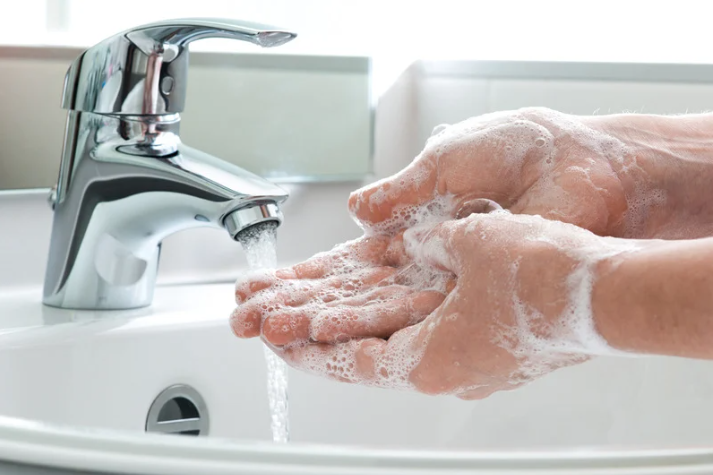When we first wrote about the novel coronavirus back in March of 2020, we had no idea how much we’d be talking about hand hygiene, disinfectants and masks going forward. Today, we’re talking about another disease that most of the general public fortunately isn’t yet familiar with — monkeypox — and what you need to know in terms of cleaning and prevention.
What exactly is monkeypox?
Monkeypox is a virus in the orthopoxvirus family. It’s closest relative is probably smallpox, which was eradicated in 1980 thanks to global vaccination efforts. While monkeypox is currently less fatal and transmissible than smallpox, researchers are concerned that the virus could mutate and become more dangerous to humans.
The virus got its name because it was first discovered in 1958 among colonies of monkeys that were used for scientific research, but the actual source of the disease remains unknown.
What are the signs of monkeypox?
Monkeypox can cause fever, a lack of energy, headaches and muscle aches. A rash featuring pus-filled blisters or that resembles pimples can also develop all over the body. Some rashes are subtle, and sometimes only a single lesion can be observed.
Is monkeypox deadly?
Some good news: the version of monkeypox that is currently moving across the globe isn’t very deadly. In fact, more than 99% of patients who contract the virus are expected to survive, according to the CDC.
However, children, people with compromised immune systems and pregnant or breastfeeding people are at higher risk of dying from the virus.
While the very low fatality rate is comforting, monkeypox can cause serious complications including permanent vision loss and pulmonary distress.
How does monkeypox spread?
Anyone who comes into close contact with a person who has monkeypox is at risk of infection. The virus spreads from human-to-human contact, including by respiratory particles and through physical contact. That could be exchanging bodily fluids or touching a lesion. People may also become infected after touching a surface or item previously touched by someone with monkeypox symptoms.
How can we prevent the spread of monkeypox?
The lessons learned during the COVID pandemic are applicable here — avoid close contact with people who are infected with monkeypox, wash your hands frequently with soap and water or use hand sanitizer and avoid touching the clothing, towels or bedding of a person with monkeypox.
Disinfectants Effective Against Monkeypox
When novel or rare viruses spread, there may not be disinfectants proven to be effective against those specific pathogens. In these situations, the Environmental Protection Agency creates guidance that allows manufacturers of disinfectants to submit data proving their products’ efficacy against other viruses that are more difficult to inactivate.
More good news: the family of viruses that monkeypox belongs to is more susceptible to disinfectants than many other viruses. While no disinfectants are currently registered for use against monkeypox, the EPA does maintain a list of products that have been proven effective against viruses that are more difficult to inactivate than monkeypox.
This list of disinfectants for use against emerging viral pathogens can be found here and is also known as EVP List Q.

On the list is Spartan’s Profect HP, a rapid hydrogen peroxide disinfectant that can be part of a simple and effective cleaning and disinfection program for your entire facility on non-porous surfaces. The one minute contact time ensures efficacy and compliance for your most critical disinfection needs, and it offers one-step disinfecting, deodorizing and cleaning. Click here to order online.
Spartan’s Steriphene II Disinfectant Deodorant is also on the EVP List Q. This ready-to-use aerosol formula provides effective antimicrobial activity on hard, nonporous environmental surfaces and is perfect for disinfection after spot clean-up in areas not easily reached during routine disinfection procedures. Click here to order online.



